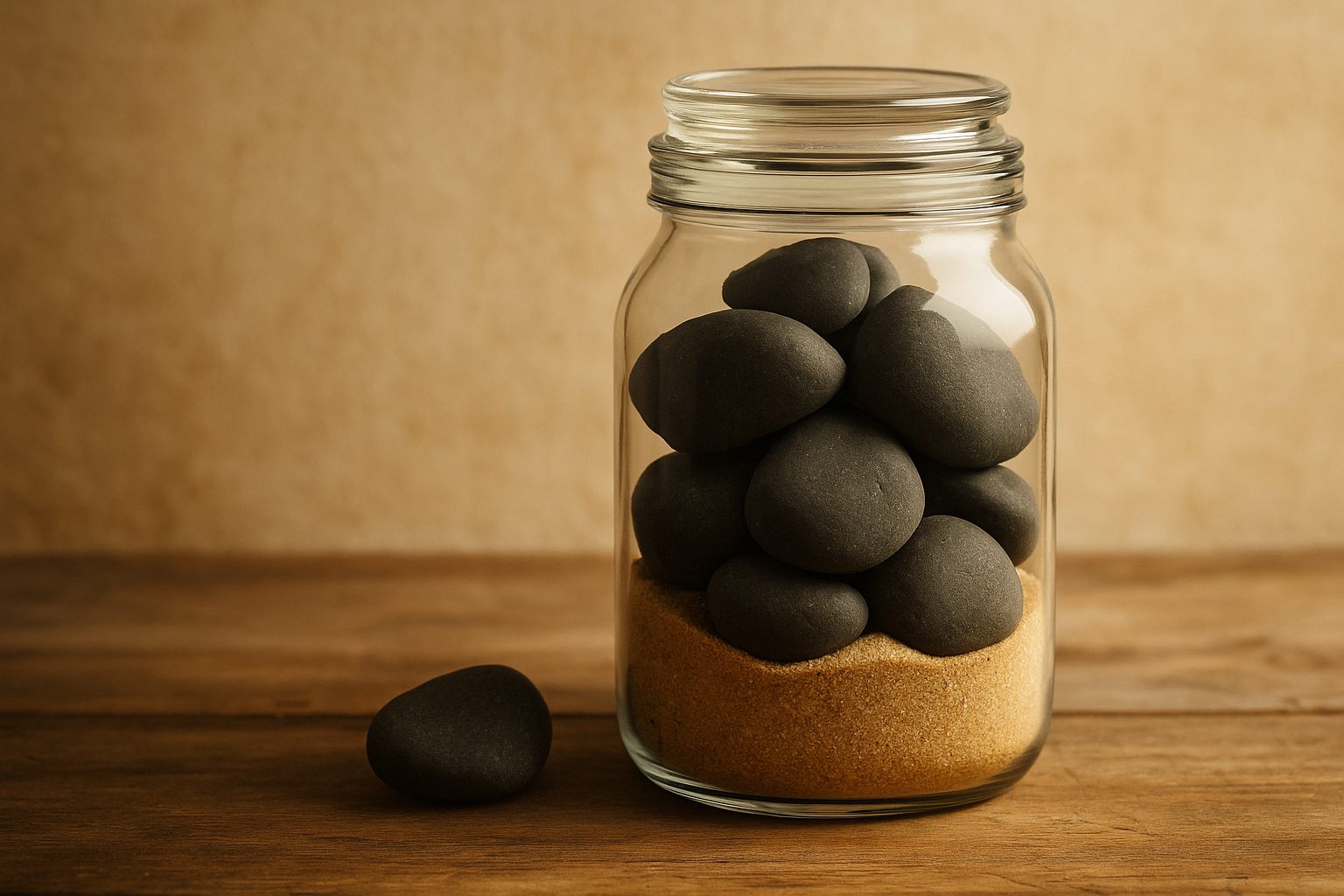In a world that rewards busyness, we often fill our days with sand — endless tasks, notifications, and noise — only to realize there’s no space left for what truly matters. The Empty Jar Theory reminds us that fulfillment isn’t about doing more; it’s about choosing wisely. When you start with your “big stones” — your priorities, values, and purpose — everything else naturally finds its place. The trick isn’t to have more time, but to make time for what gives your life meaning.
The Psychology Behind the Empty Jar Theory
At its heart, the Empty Jar Theory is more than a productivity metaphor — it’s a reflection of how the brain manages focus and fulfillment. Psychologists describe our attention as a limited resource: every small decision, every piece of “sand,” drains a bit of it. When we fill our mental jar with trivial tasks, we experience what researchers call cognitive overload — the feeling of being busy yet unfulfilled.
The solution lies in conscious prioritization. By identifying the “big stones” first — meaningful work, health, relationships, rest — we train the mind to filter out noise. This reordering of focus doesn’t just reduce stress; it rewires the brain’s reward system. You begin to associate calm, clarity, and purpose with progress instead of pressure.
In essence, the psychology behind the Empty Jar Theory isn’t about doing less — it’s about doing what matters with presence.
How to Apply the Empty Jar Theory
1. Identify your “big stones.”
What truly matters to you? Your health, creativity, family, growth, rest? List the 3–5 things that give your life meaning. These become your non-negotiables — the first stones in your jar.
2. Schedule them first.
Don’t wait for free time — create it. Add your priorities to your calendar before the “sand” fills your day. A morning walk, a focused work block, or dinner without screens can make all the difference.
3. Learn to say no — kindly.
Every “yes” to something unimportant is a “no” to what truly matters. Protect your attention as you would your energy. Boundaries are not selfish; they’re strategic.
4. Fill the rest with joy.
After the big stones, let the smaller things flow around them — the sand and water of life. These are the spontaneous moments, the small pleasures, the gentle pauses. They don’t define your life, but they enrich it.
The Empty Jar Theory isn’t about rigid control — it’s about conscious balance. Once you start building your days around what really matters, you’ll find that time doesn’t have to be managed… it simply expands around your priorities.
The real art of the Empty Jar Theory lies in consistency. You don’t need to have a perfect balance every day — some days will overflow, and that’s okay. What matters is returning, again and again, to what’s essential. Over time, those small, mindful adjustments become a lifestyle — one where peace is not a luxury, but a daily choice.
The Takeaway
The Empty Jar Theory is a quiet reminder that your time is already enough — it’s just waiting to be shaped with intention. You don’t need more hours in a day; you need more clarity about what fills them.
When you focus on your “big stones” — the things that truly matter — life begins to feel spacious again. There’s room to breathe, to rest, to create. The noise fades, and what’s left is purpose.
So today, take a moment to pause. Look at your jar. What are you filling it with — sand, or meaning?
If you enjoyed exploring mindful productivity, you might also like our post on Decluttering the Mind — a simple guide to clearing mental space before clarity can settle in.



